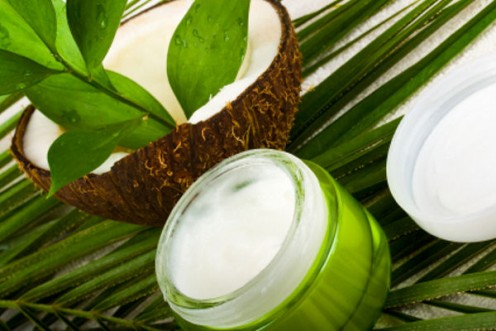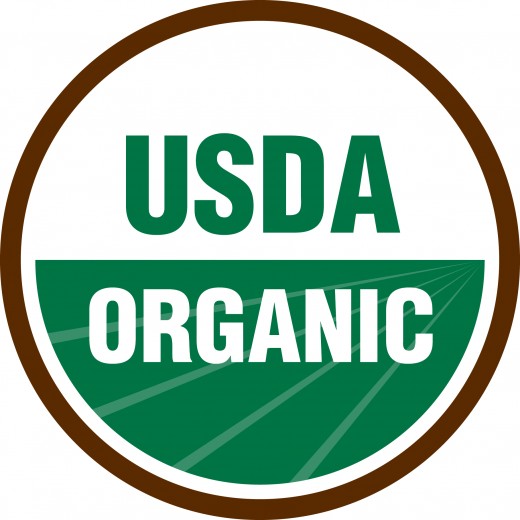Natural Beauty vs. Organic Beauty... What's the Difference?
Natural and Organic products have hit the market and are becoming increasingly more popular as consumer become more aware of what they put on their body. Their is a lot of confusion over this subject though, especially in the US and other countries that don't have any (or very little) regulated governing bodies to set standards when it comes to using the words "Natural" or "Organic". Natural Beauty is thrown around all the time, but it doesn't really mean anything. And sorting through all the ingredients, understanding what they are, and knowing which ones are harmful and which ones are beneficial can be too time consuming for the average consumer. This is the reason, for the most part, why Natural beauty and Organic beauty products have remained a mystery for most consumers.

Natural and Organic?
Organic products ARE regulated, but standards for organic bath and body products vary across the board.
Natural Beauty products aren't equally regulated. Natural refers to the term, "derived from a natural source, such as a plant or flower", but these ingredients can also by synthetically made to represent the natural source. This in itself is confusing for the consumer.

Beauty Regulation Programs
The United States Department of Agriculture has the National Organic Program, which will allow companies to label their products Organic only if the product meets the same criteria as food products have. This is probably the best way to set standards for Organic cosmetics. Most people don't realize that bath and body products all soak into the skin and can reach the blood system. So any kind of product that goes onto the body can be just as harmful as the ones we put in our mouth.
Another governing body that is trying to improve the regulations for organic cosmetics and toiletries is NaTrue. NaTrue is a European Company, with an International presence. NaTrue has compiled a set of criteria that must be met in order to call your product "Natural" and/or "Organic". Their criteria is set up to outline 3 different types of products - Natural Cosmetics, Natural Cosmetics with Organic Ingredients, and Organic Cosmetics. It is a great non-profit company, and I would love to see it more wide spread than it currently is.
There are a slew of other companies that provide a set of guidelines for cosmetics, some of which include BDIH (a Germany based company), Ecocert, and Cosmebio (both French based companies), and the UK version, Soil Association.
These companies can help you pick out certified products, but the majority of bath and body products don't participate in these programs, and aren't required to either. This is why its important to understand labels. Understanding labels and ingredients is the best way to figure out what you are putting into your body. This can be difficult, due to the complex names and those long chemical names that are commonly found on the back of a bottle.
Natural Beauty Dictionaries, Books and Resources
I haven't found a good portable dictionary yet, but their are books that define what each ingredient is using more common names. I have found after reading labels for about a year or so that I have learned to recognize some commonly used ingredients, in addition to which ones to stay away from. I commonly have to look up the reasons, and I'm sure I could research for days on each ingredient, but just knowing small amounts of information makes things a little easier.
For more information on beauty ingredients check out these helpful natural beauty resources and tips.
This site has some great information on harmful ingredients, and includes a brief description of each. Their are some great books available as well. Check out A Consumer's Dictionary of Cosmetic Ingredients by Ruth Winter, and Don't Go To The Cosmetics Counter Without Me by Paula Begoun.








